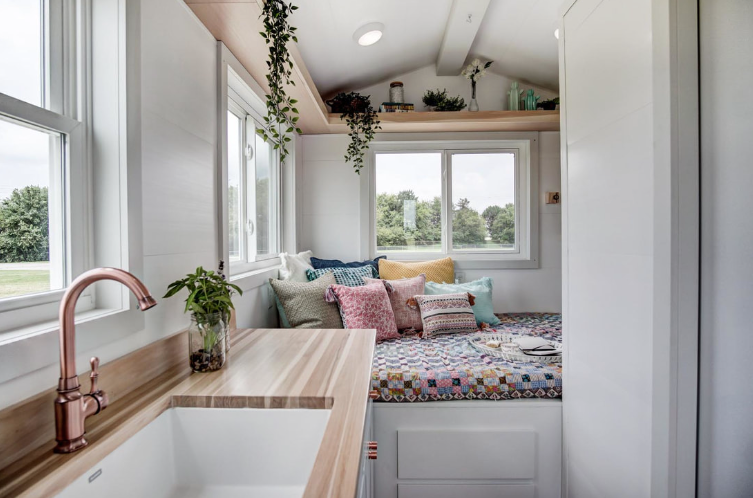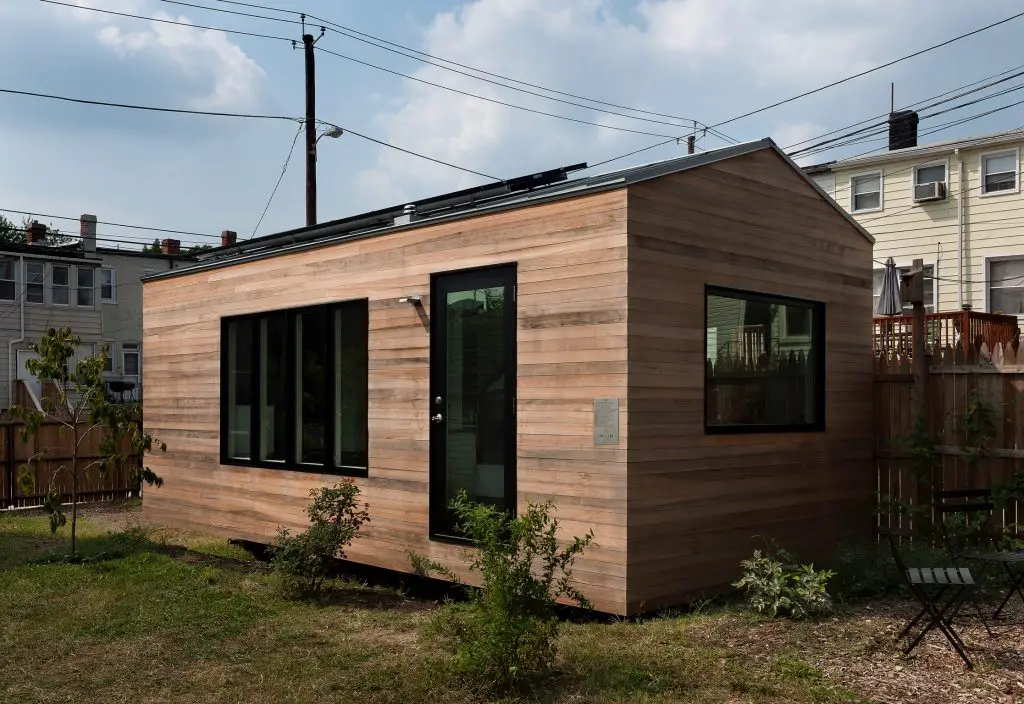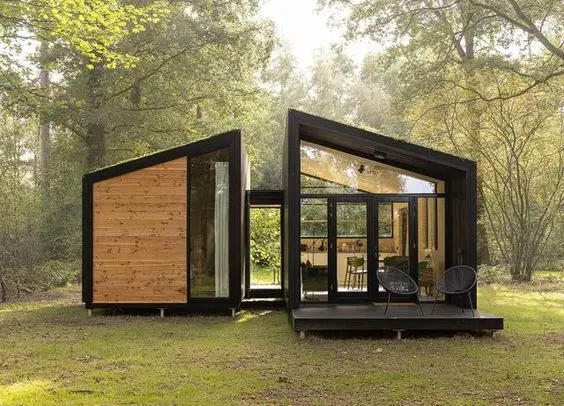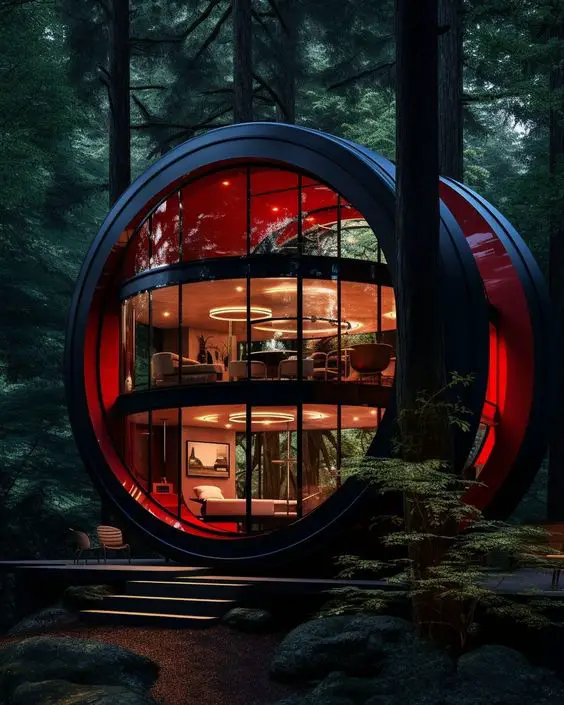Spread the love !
The Economics of Tiny Homes: Do They Truly Save Money?
In recent years, the tiny house movement has gained considerable attention as a potential solution to rising housing costs and increasing financial strain. These compact dwellings offer a minimalist lifestyle with a smaller ecological footprint, but do they genuinely save money in the long run? Let’s delve into the economics of tiny homes to uncover the reality behind their cost-saving potential:
1. Lower Initial Investment
One of the primary attractions of tiny homes is their lower initial cost compared to traditional houses. The significantly smaller size means lower construction costs and less expenditure on materials and labor. Additionally, many individuals choose to build their tiny homes themselves, further reducing upfront expenses.
2. Reduced Operating Costs
Tiny homes are inherently more energy-efficient due to their smaller size, requiring less heating, cooling, and lighting. This results in lower utility bills, providing ongoing savings for homeowners. Furthermore, with fewer possessions and a focus on minimalism, occupants tend to spend less on furnishings, maintenance, and other household expenses.
3. Minimal Mortgage or No Mortgage
Many tiny homeowners opt to pay for their homes outright or take out small loans, eliminating or significantly reducing mortgage payments. This freedom from long-term debt offers financial security and allows individuals to allocate their resources towards other priorities such as savings, investments, or experiences.
4. Lower Property Taxes and Insurance Costs
The reduced value of tiny homes compared to larger properties leads to lower property tax assessments in many jurisdictions. Additionally, insurance premiums for tiny homes are typically lower due to their lower replacement costs and decreased risk of damage or loss.
5. Flexibility and Affordability
Tiny homes offer unparalleled flexibility, allowing homeowners to live debt-free and adapt their living arrangements to changing circumstances. Whether it’s downsizing to simplify one’s lifestyle, relocating to a new area, or embracing a more nomadic existence, tiny homes provide an affordable housing option that promotes financial freedom and independence.
6. Considerations and Trade-offs
While tiny homes can offer significant cost savings, it’s essential to consider potential trade-offs and limitations. These include limited living space, challenges with zoning and land use regulations, and the need for lifestyle adjustments. Additionally, factors such as resale value and long-term durability may impact the overall financial equation.
In conclusion, tiny homes have the potential to save money for individuals willing to embrace a minimalist lifestyle and prioritize financial freedom over conventional notions of homeownership. While they may not be suitable for everyone, those seeking affordability, sustainability, and flexibility may find that tiny homes offer a viable solution to their housing needs. However, careful consideration of the economic implications and lifestyle trade-offs is essential before embarking on the tiny house journey.





